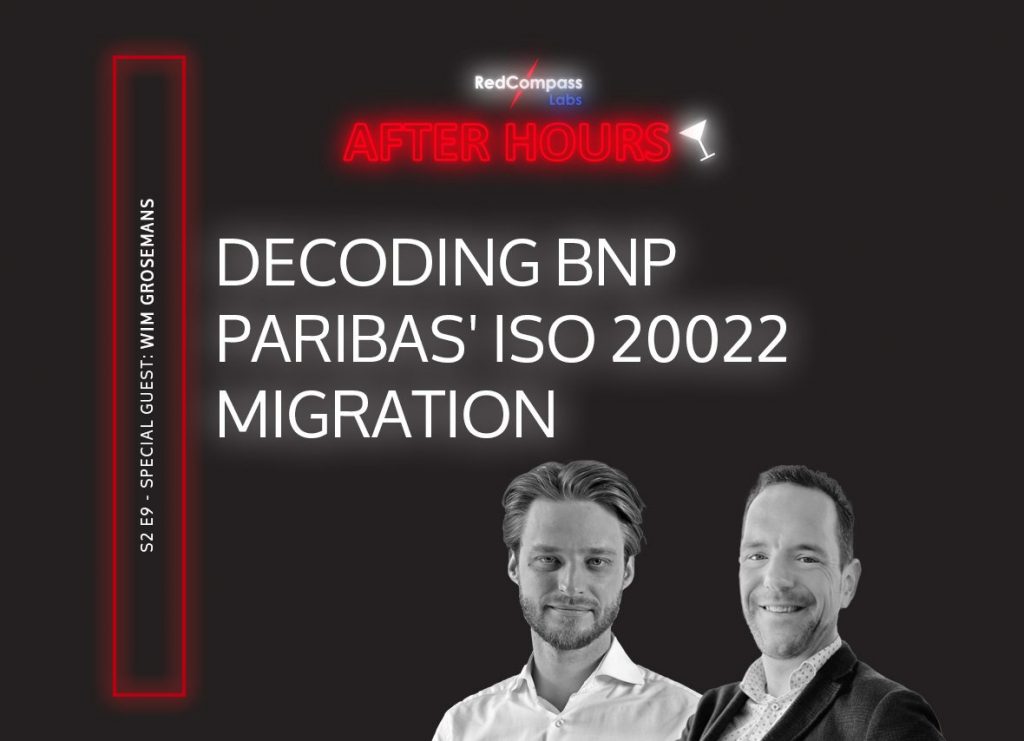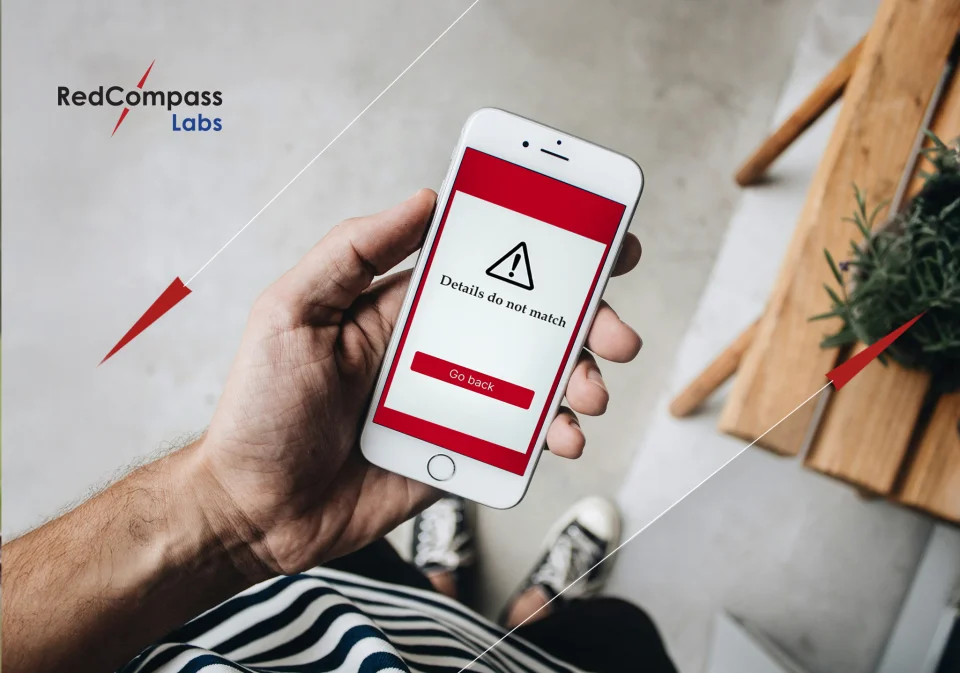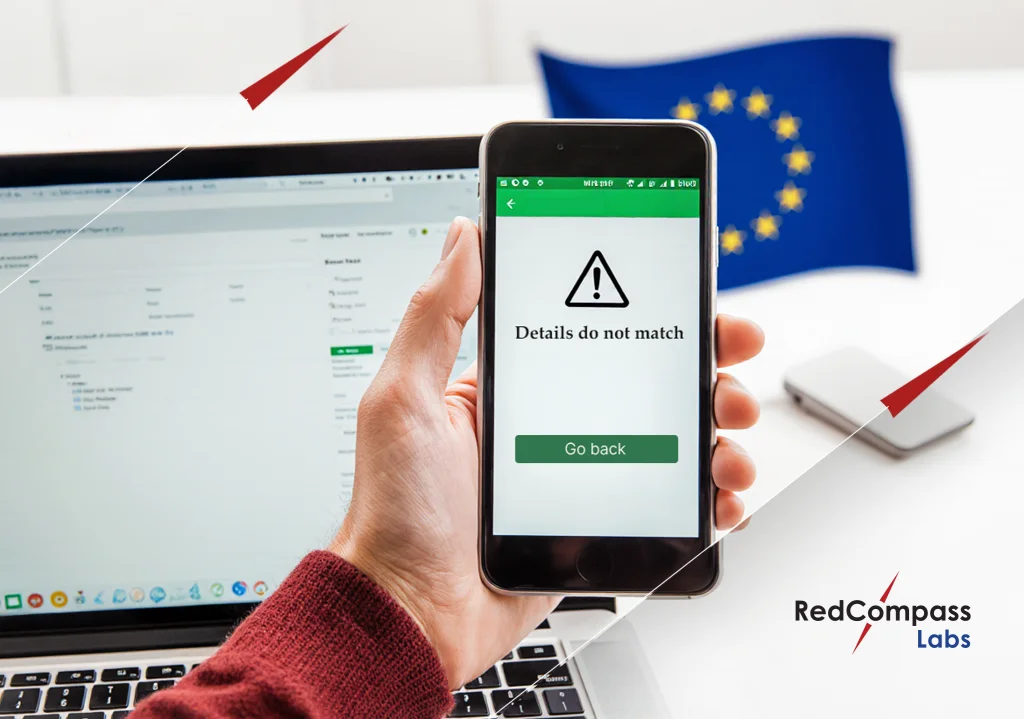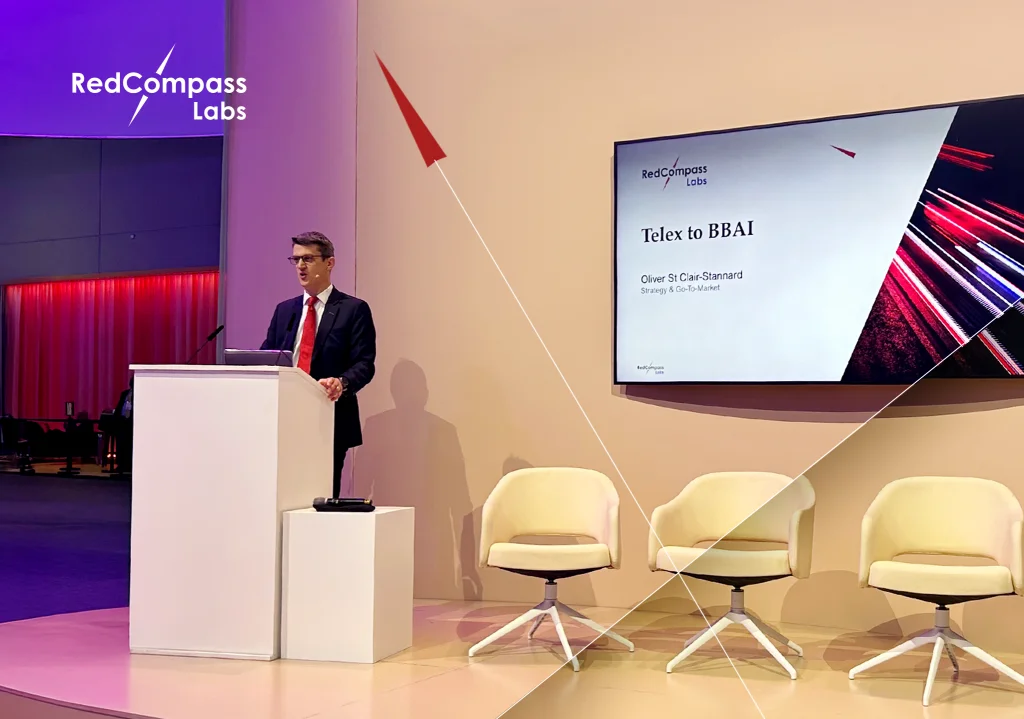Before rushing to hire big consultancy armies to help you with the migration, you should have clear in mind how this program fits within your wider payments strategy, how you can benefit from it, what the full scope is of it, and how it impacts the way your financial institution, your customers and correspondents operate.
Listed below are nine essential tips we have put together for our clients. Check them out to learn how to avoid incurring into over-simplified and over-optimistic migration planning processes.
9 tips for a successful ISO 20022 migration programme
1) Inform yourself.
Get a tight grip of what ISO 20022 is, how and where it applies, and what the advantages and disadvantages are. We recommend reading SWIFT’s “ISO20022 for dummies” or consulting the SWIFT Standards webpage. Thirdly, consider getting in some experts to run a 2-3-hour workshop to deepen that knowledge and help you understand the impact. (Not a sales-shop; a workshop.)
2) Don’t rely solely on SWIFT translation services.
Several banks are planning to rely on SWIFT translation services during the first years of the ISO 20022 migration program. If you are among them, you should know that multiple Central Banks, like the European Central Bank and the Bank of England (see: CHAPS system) are planning to create specific data requirements. They will ask for information about the parties involved in the payment, the purpose of the payment, and others. Since this information is not there yet, these requirements will make the translation services void.
This is exactly the kind of information those experts need to tell you about in your workshop. What are other banks doing? What are the real issues deep in the detail?
3) Define who you want to be in five years’ time.
Before starting your IS0 20022 journey, you must decide how important international payments are for you. This will heavily drive your approach to the ISO20022 migration program. There is nothing worse than trying to compete tomorrow with today’s bank.
- If you are a Global Transaction Bank or a big correspondent bank, you need to be at the forefront of this initiative. Take a strategic stance and actively communicate your implementation approach to your correspondents & customers.
- If you are a smaller player or a bank that only supports international payments passively, you need to reach out to your correspondent banks. You will be heavily dependent on their support during the ISO 20022 migration program.
4) Be ready for late changes.
Some central banks, like the Bank of England and the Fed (see: Fedwire), are still defining their overall approach to ISO 20022 migration. So, you need an agile approach to implementation and plans to accommodate the inevitable late changes.
5) Look beyond payments.
The implications of ISO 20022 go far beyond payment systems. Additional data and data structure requirements will have a ripple effect on sanctions, fraud, AML, core banking and other systems. Only by adopting a holistic approach can banks ensure a successful ISO 20022 migration program. Start by thoroughly mapping out how ISO 20022 will impact the various internal departments and engage with the required stakeholders. If you comply for compliance’s sake, you are going to incur costs and complexity you haven’t thought through when it’s time to compete.
6) Anticipate any friction.
Unaware customers are frustrated customers. Spare them a negative experience by proactively informing your bank’s account holders of any new payment requirements imposed by Central Banks. Let them know what type of information they are expected to provide timely. In this way, you will ensure that your customer’s payment orders will not be – automatically or manually – rejected.
7) Use this opportunity to structure and monetize your data.
There is currently a lot of noise around data analysis and AI/ML. The reality, though, is that most banks’ data is dispersed and unstructured. ISO 20022 enables banks to store and provide information in a structured manner. This is why you should stop seeing ISO 20022 migration as another compliance program. This is your opportunity to generate business value through data.
8) Improve your reporting to customers and regulators.
The more structured your data is, the easier it is to provide information to your customers. Clean data sets help you to understand your customer’s behavior and your customers to reconcile incoming payments with submitted invoices. At the same time, it will be easier for you to respond to the increasing regulatory reporting demand.
9) Choose the right traveling companions
You’ve got this far. You’ve learned everything about ISO 20022; you’ve defined your vision for the next 5 years; you’ve identified dependencies and opportunities. Now it is time to find the right traveling companions. Find the right consultancy to help you with your project by scoping your needs and priorities.
You don’t want a consultancy that will live on the back of a long-term project, but rather a consultancy that will get you to any destination you may decide, in time, on budget, and with a great travel experience!
Share this post
Written by
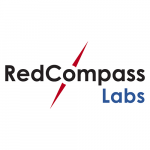
RedCompass Labs
Resources


